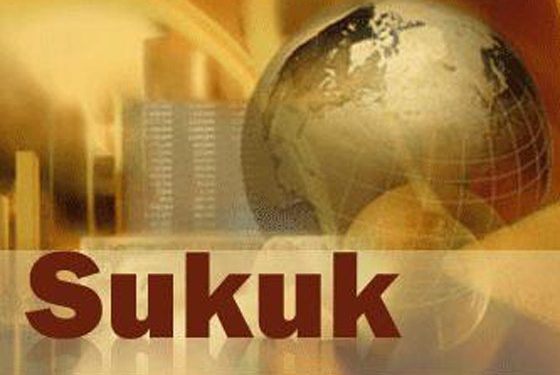The volume of sukuk issued globally during the first half of the current year reached $ 66.4 billion, according to a report released by KFH -Research, an affiliate of Kuwait Finance House ( KFH ). The increase in sukuk issuance during the period was triggered by large sums of money pumped by sovereign authorities and central banks to absorb excess liquidity, the report said.
It said the GCC countries used to be a main market for sukuk during the first half of the year, despite the absence of Kuwait and Qatar.
The global sukuk currently represents a dynamic part of the Islamic financial system that continues to grow at a remarkable pace.
After the largest quarterly issuance witnessed to date in the Q1 2012, the global sukuk market has continued its growth trend throughout the Q2 2012 on both primary and secondary market fronts, the report said.
The first half of 2012 witnessed a diverse range of new issuances which round up at $ 66.4 billion for the period, while the secondary market grew to $ 210.8 billion, representing a y-o-y growth of 40.1 percent and 30.5 percent, respectively, it said.
The growth of sukuk issuances this year can be attributed to a number of factors, including the declining yields for both corporate and sovereign issuances given significant demand, the rarity of high quality high yielding papers and the flight to fixed income safety amid more concerns emerging from Europe, the report said.
The primary sukuk market has been driven by the increasing number of funds raised by sovereigns and central banks to soak up excess liquidity and provide short-term investments, while new jurisdictions continue to enter the fray.
Malaysia has continued its dominance in the market issuing $ 18.5 billion in the second quarter to total $ 46.8 billion for the first half period.
The market share of Malaysian issuances has consistently been around 70 percent over the past five years and shows no signs of slowing down.
The UAE was the second largest domicile of issuances over the quarter with $2.4 billion worth, closely followed by Saudi Arabia with a pinch lower than $ 2.4 billion, according to the report.
By region, South Asia accounts for the majority of sukuk issuances in H1 2012 (79.3 percent), Indonesia maintaining the region's second spot outside of Malaysia.
Indonesian issuances have grown significantly of late with the nation launching its "project sukuk" program as well as issue an encouraging number of sovereign certificates, mostly via auction or private placement, for fiscal financing.
Year-on-year Indonesia's primary sukuk market has grown by 221.1 percent until end-1H 2012, it said.
According to the report, the MENA region, and more specifically the GCC region, has been a key market for issuances this year, growing by 6.1 percent despite no Qatari or Kuwaiti issuances thus far.
On a quarterly basis, GCC sukuk issuances have grown by 112.3 percent y-o-y in the 2Q12, although 39.5 percent lower than the Q1 2012.
During the Q2 2012, there have been a number of notable sukuk. Among them are the Islamic Development Bank's $ 800 million, issued with a return of 1.357 percent over its five-year tenure, significantly lower than the $ 750 million issued at 2.350 percent during the Q2 2011.
Dubai issued its dual tranche sovereign sukuk Ijarah during April with a return of 4.900 percent for the five-year tenure ($ 600 million) and 6.450 percent for a 10-year tenure ($ 650 million).
Subsequently Dubai Islamic Bank entered the market in May with a five-year $ 500 million paper, managing to set a return at 4.752 percent, almost 15 basis points lower than its sovereign counterpart, the report said.
The second quarter has bolstered projections for the sukuk market moving forward given the higher uptake in sukuk issuances as well as the continued lower funding costs.
Significant demand for high quality papers means that issuers continue to benefit from better credit terms, it said.
The second half of the year is expected to have a further $ 30 billion worth of sukuk papers mature as at end-Q2 2012 and corporates will be eager to raise and refinance long-term facilities and improve financing efficiencies, the report said.
Arab News
Aug 23























































